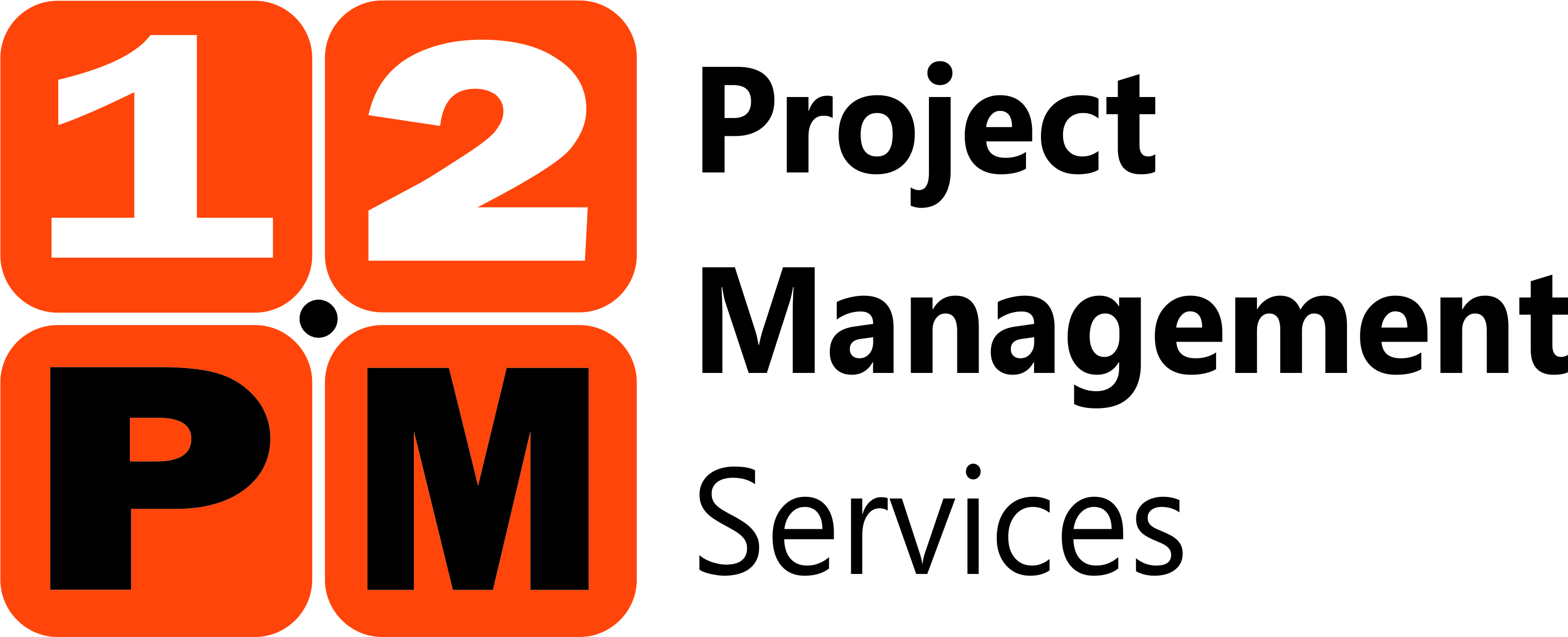“When counting the number of causes of project failure, you need more than one hand. But the leading culprits will always include scope creep, poor communication, lack of stakeholder involvement and inadequate support from the executive sponsor; and all of these problems share something in common: they involve or impact requirements — the process of identifying, defining, documenting and managing the solution a successful project must deliver” (PMI 2014).
This report tried to provide a reply to the aforementioned statement. It resulted from a survey that was contacted among 2000 professionals to depict contemporary practices in requirements management and their impact on projects and programs.
Requirements management and business analysis, although different in definition and focus, they are closely interrelated. Projects and programs are undertaken to support wider, strategic organizational goals and needs identified and determined via the business analysis. The first is a valuable practice, incorporated by the second that spans well beyond the borders of a project or program. However, failing to succeed in requirements management directly affects the entire business, hence becoming an issue for the entire business locale and not only for the individual project or program.
But what drives the inconsistency problems that organizations face with their programs and projects? The study revealed that almost half, namely a 47%, of the participating organizations did not meet their original goals and potential due to inaccurate requirements management. Three out of four, identified poor or inadequate communication as the most common reason for that high failure percentage. In terms of monetary value, a poor requirements management is translated into an 11 cent loss per every invested dollar.
Trying to identify the link among projects’ lack of success, requirements management and investments’ waste the study exposed three key contributors: focus on people, processes and culture.
Half of the researched organizations reported that they did not have the personnel capacity to deal with requirements management. This situation was further deteriorated by recognizing that only a 24% of the total number of the enterprises was doing well in developing the appropriate knowledge and skills to effectively manage requirements.
Moving to the next key contributor, requirement management processes and practices, the study’s results were disappointing. Enterprises depicted a positive adoption of key practices that ranged from a low 33% to a maximum of 50%, with change management being the lowest one and the quality of the project solution being the highest. In-between one could found customer satisfaction, sponsor buy in, solution validation and verification, definition of business requirements, collaboration among involved parties and communication and setting of expectations with stakeholders.
The aforementioned findings exposed the last key contributor; lack of a pertinent organization wide culture. Up to 63% of the inquired businesses did not value requirements management as a critical competency for program or project success.
These three key factors focus on people, processes and culture can collectively describe an enterprise’s maturity in requirements management. Although most of the studied companies noticed the need for improvements “gaps between the critical view and frequency of performing can be found in all of the requirements management–related competencies we measured, from designing product solutions that meet business objectives to quantifying resource needs for requirements work” (PMI 2014). Only 1 in 5 organizations depict high maturity.
Additionally, as a side effect, this study also explored what will be expected in the next 3 to 5 years by the project managers and business analysts. Almost a 53% of all organizations, both high and low performing ones, reported an increase in demand for business analysts and an increase in the integration of business analysis with project management. This study also conveyed that the collaboration between business analysts and project managers could alleviate any communication problems towards projects success without however violating role boundaries and ethical – behavioural issues.
Going back to the major topic of the research, is there a remedy for the situation? How can one achieve a compelling requirements management? The study showed that among the low and high performing enterprises the main difference was a matter of how and not who. There was no difference if the requirements management was performed either by the project manager or the business analyst or by both. Effectiveness in requirements management and subsequent project and program success was stemming from the way the practices were carried out by the proper people and within a supportive environment.
Bibliography
PMI 2014, ‘Requirements Management – A Core Competency for Project and Program Success’, PMI.




